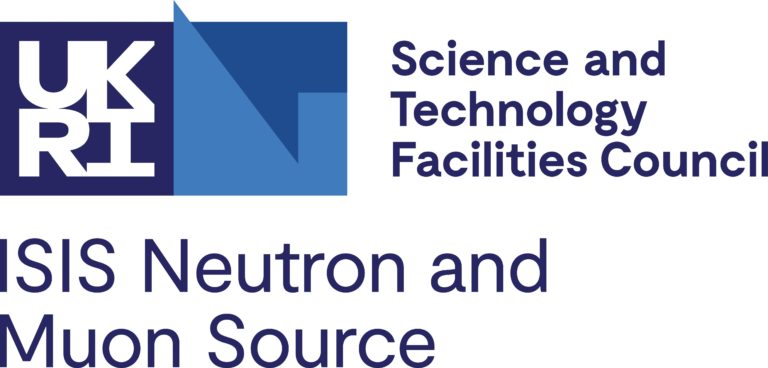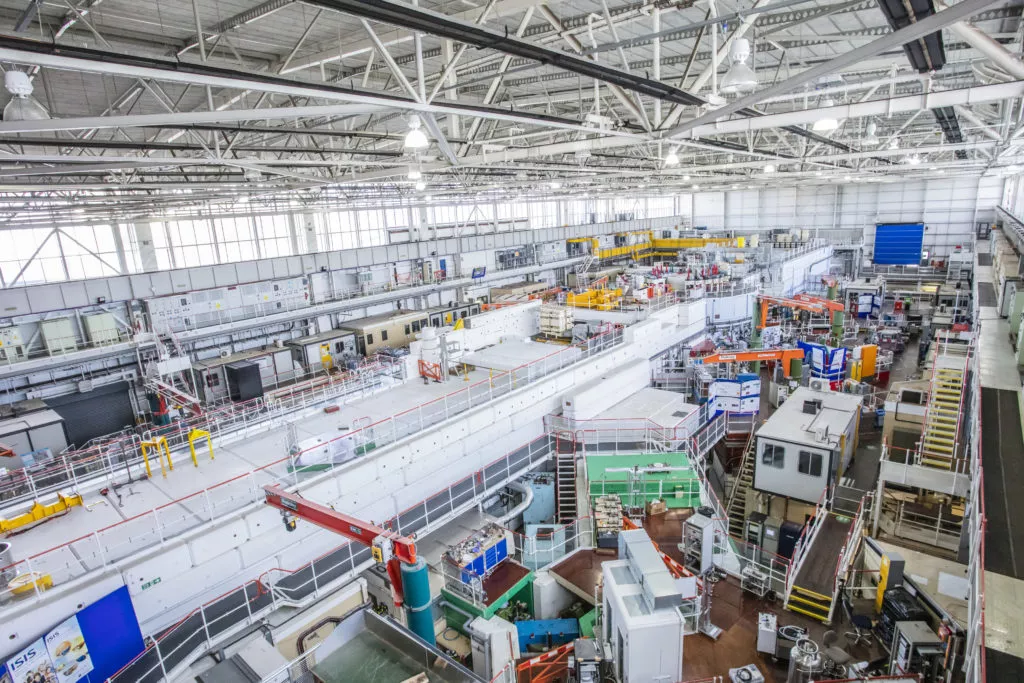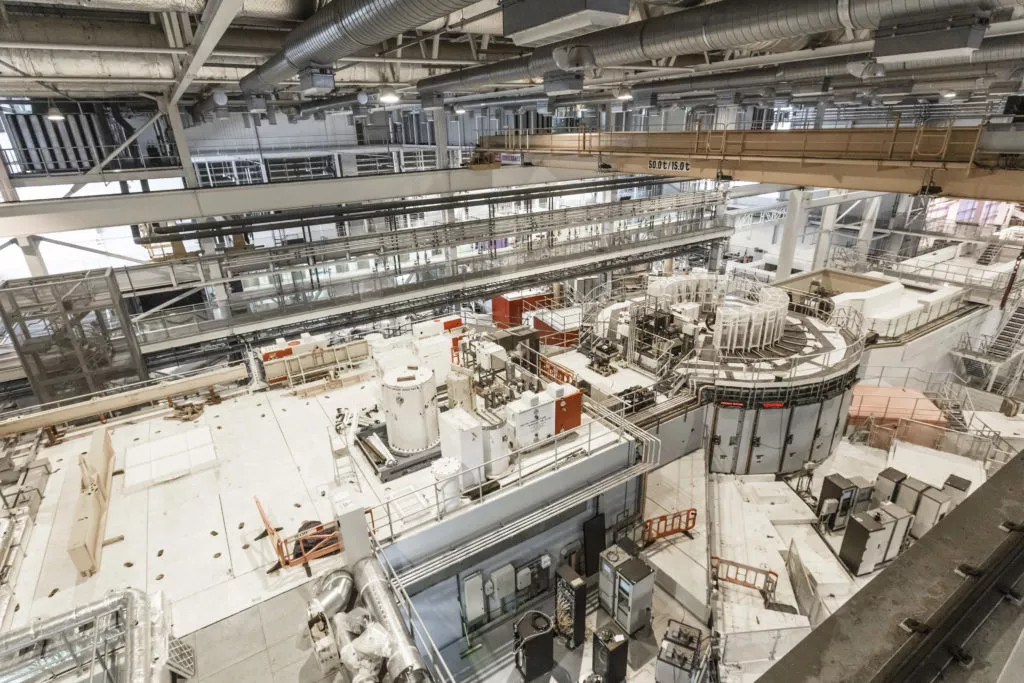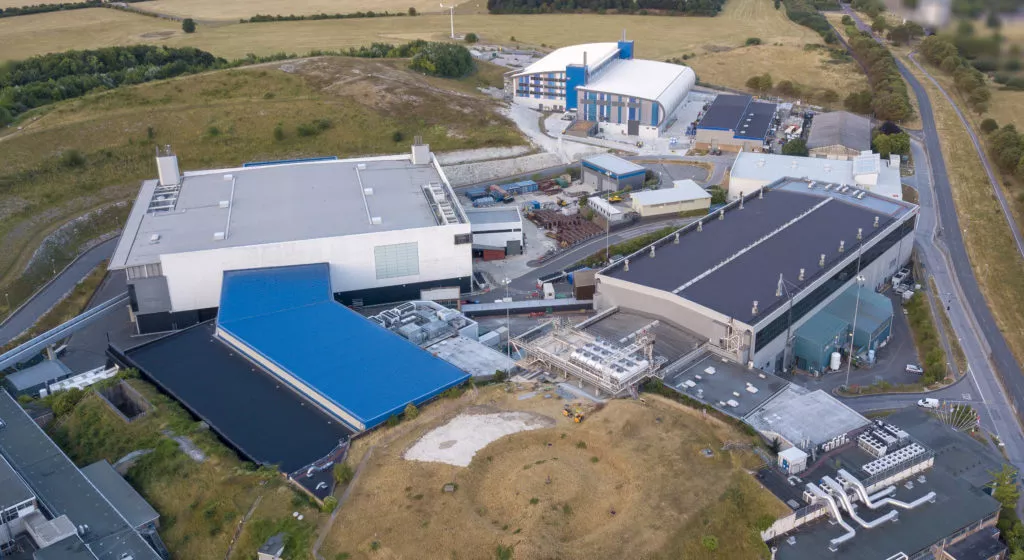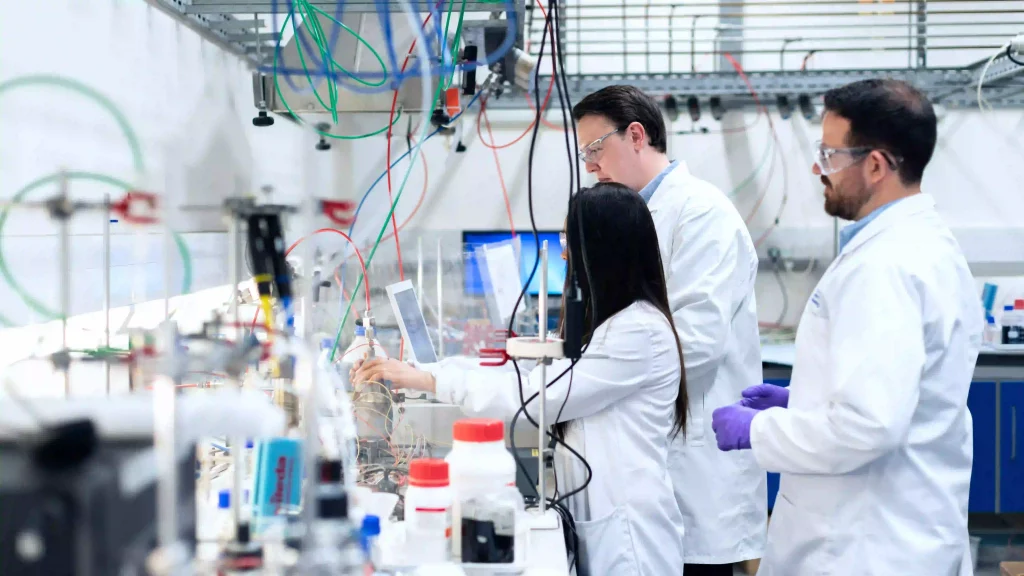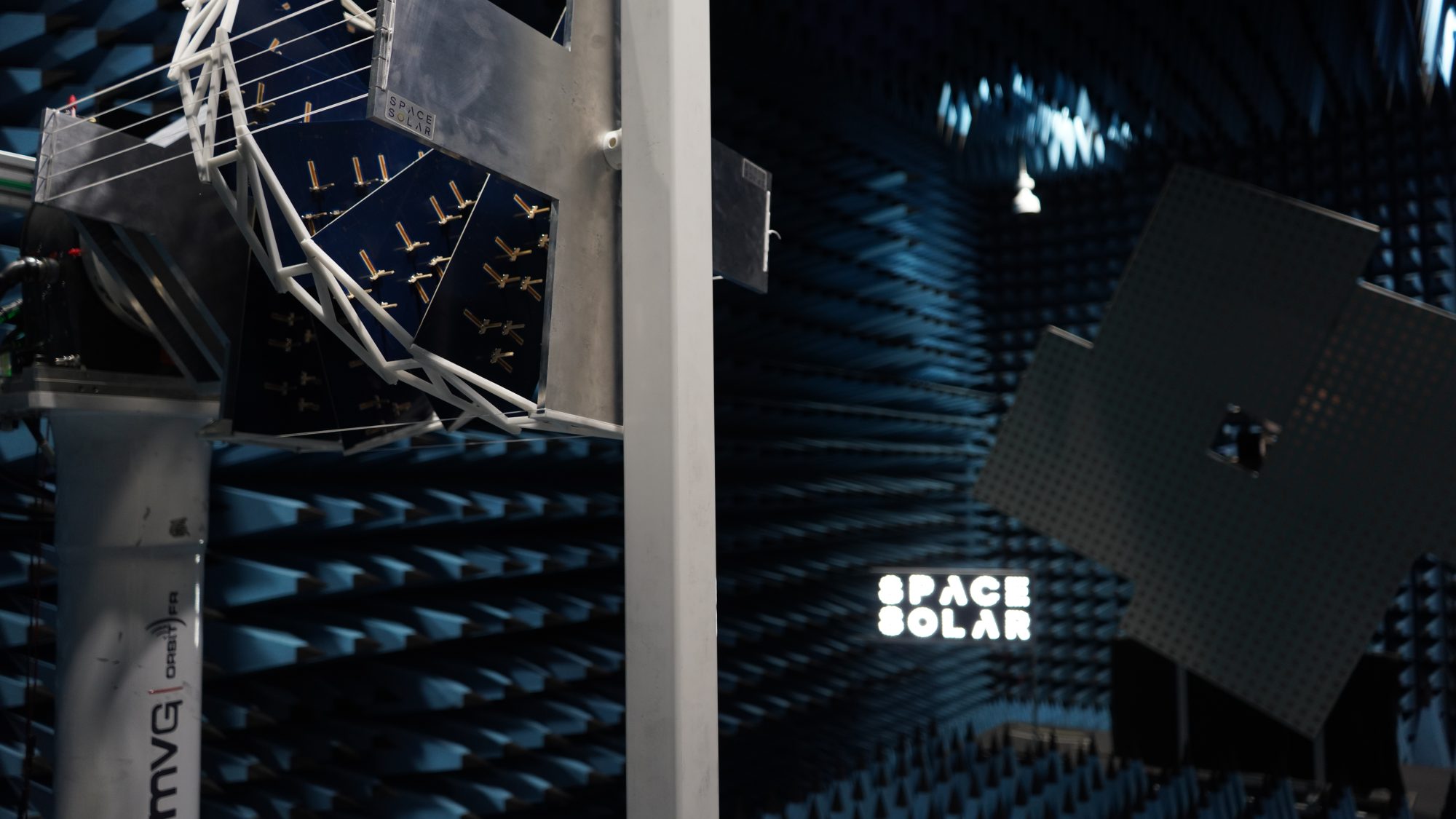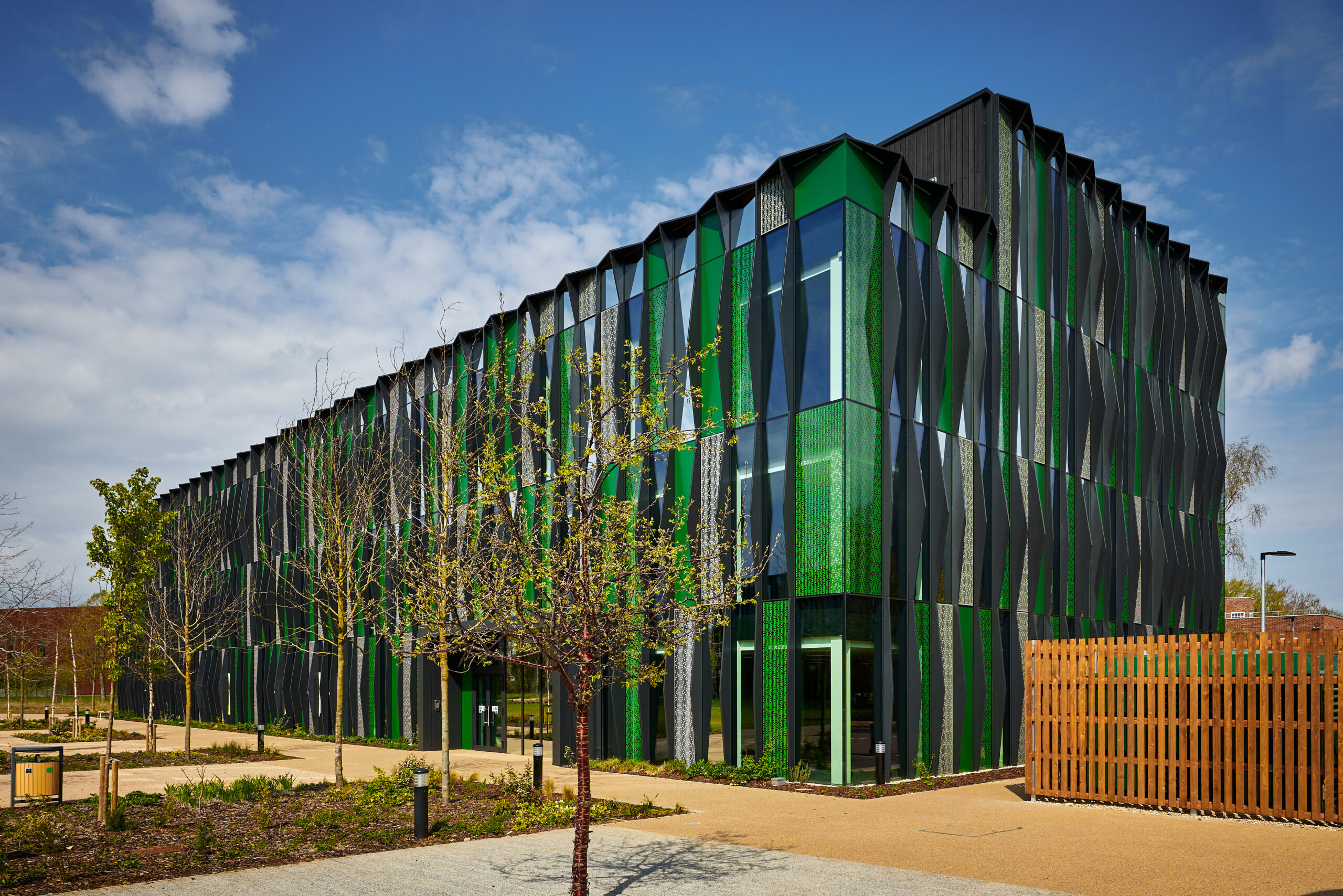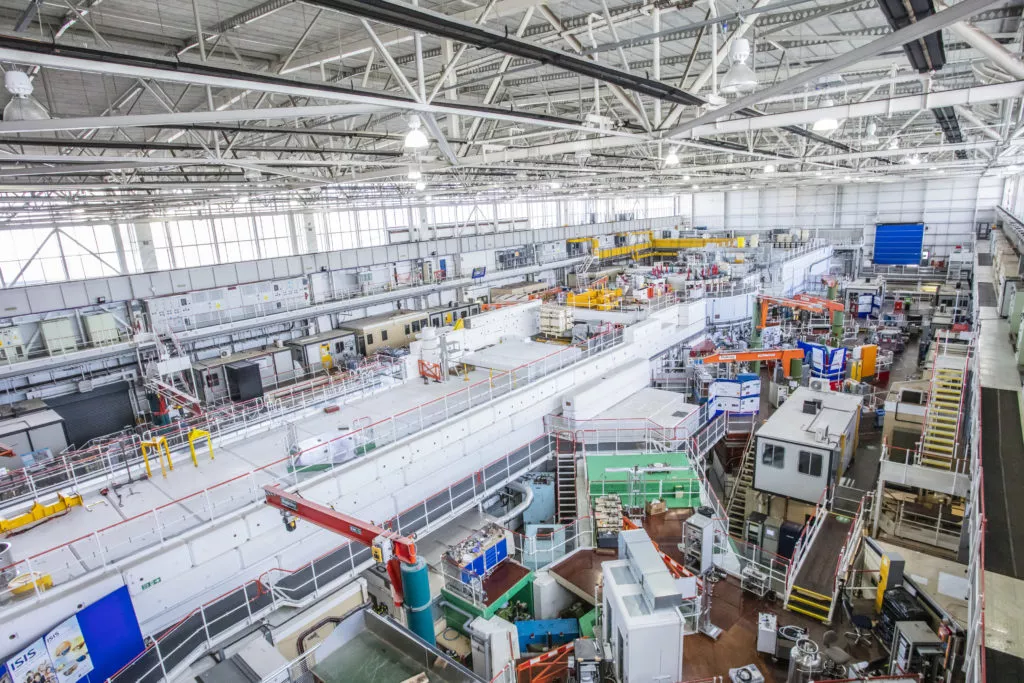
Part of the global scientific infrastructure, ISIS Neutron & Muon Source enables scientists from academia and industry to study materials at the atomic level. From bio-tech to engineering, clean energy to quantum computing, ISIS supports over 3000 scientists who use neutrons and muons for research.
What is it?
Harwell is home to the ISIS pulsed neutron and muon source. The beams it produces allow scientists to study materials at the atomic level, using a suite of instruments often described as ‘super-microscopes’.
Strongly placed to help tackle the sociological and technological issues facing us in the 21st Century, ISIS is one of the most productive research centres of its type. It plays a vital role in the portfolio of analysis techniques used by researchers in everything from nanotechnology to pharmaceuticals and drug design.
Who can use it?
ISIS supports an international community of scientists who use neutrons and muons for research in physics, chemistry, materials science, geology, cultural heritage, engineering and biology. Study topics cover a broad spectrum, including:
• Hydrogen absorption in new materials designed for hydrogen storage and clean energy
• The structure of chemical compounds in pharmaceutical and personal care products
• How battery materials can be improved to survive repeated cycling
• Disordered materials, glasses and liquids – central to optical communication
• Bio-compatible materials for healthcare
• Understanding quantum materials
• Testing the resilience of electronic chips to cosmic radiation
Scientists from academia and industry can apply for ‘beamtime’ at ISIS. Applications are assessed by a relevant peer review panel.
Latest events
-
Lunchtime Yoga Sessions
30th Apr
12:30 – 13:15 | Ground floor, Quad Two, Harwell OX11 0RA
Free lunchtime yoga sessions with Wellbeing with Rachel…
-
Have your say: Designing Inclusive Laboratories
20th May
10:00 – 13:00 | ARC Oxford, Garsington Road, Oxford, OX4 2SU
Advance Research Clusters (ARC) are currently conducting a research project with…
